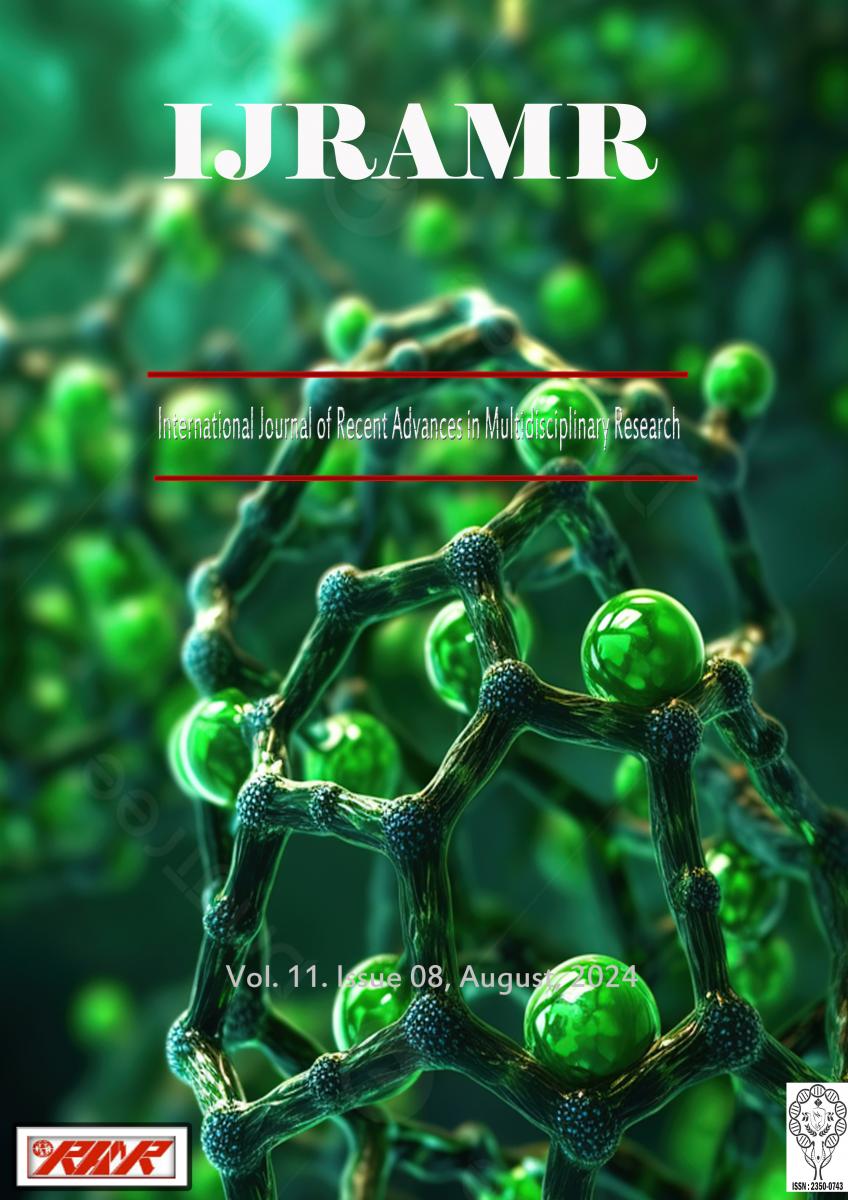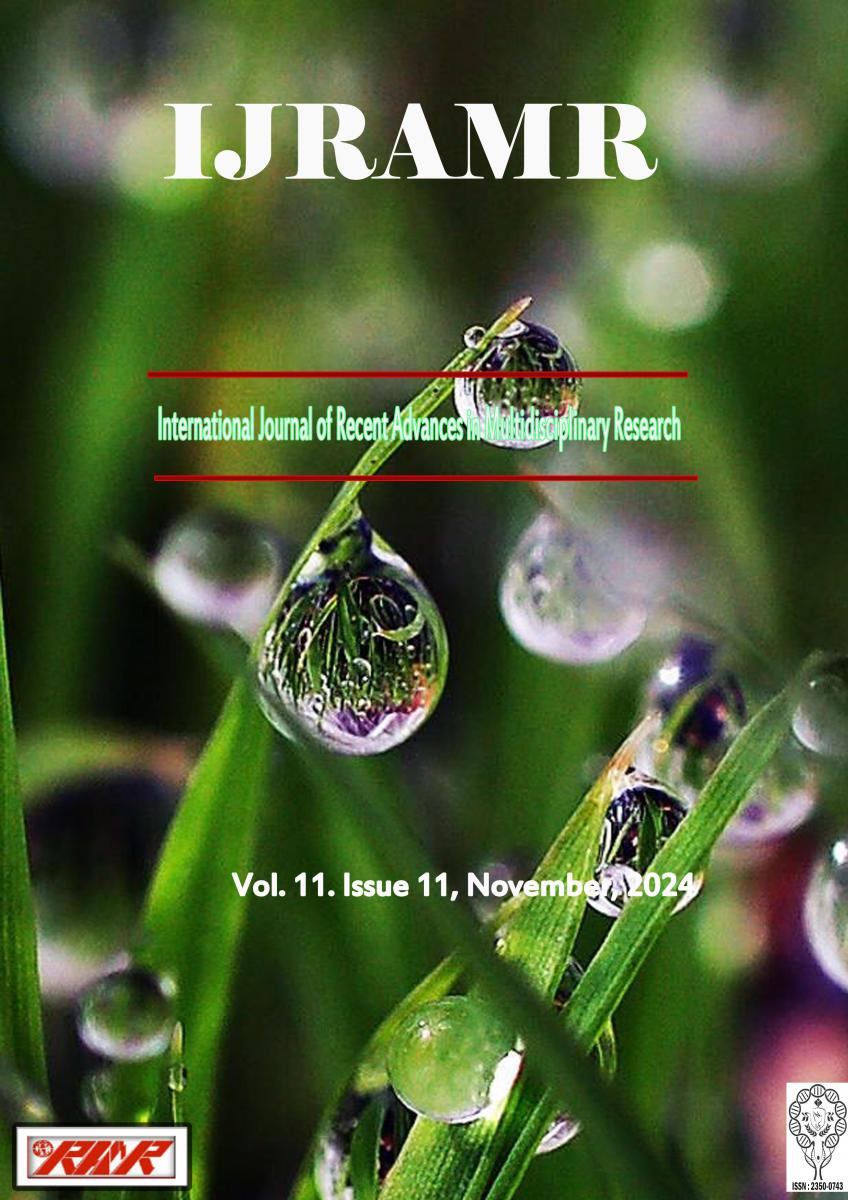The researcher used Structural Equation Modeling (SEM) to determine the most appropriate model for organizational commitment of police officer’s in Region XII. The study used a quantitative non-experimental research design with a descriptive- predictive approach. The sample size comprised 400 participants who were selected through a stratified sampling technique. These participants were surveyed using standardized adapted instruments to gather data. The data was then evaluated using a variety of statistical approaches such as the mean, Pearson product moment correlation, multiple regression, and structural equation modeling. The study's findings revealed that Organizational Citizenship Behavior, Job Satisfaction, Organizational Information Security and Organizational Commitment were all at a very high level. Furthermore, it was observed that all three exogenous variables had a significant relationship with Organizational Commitment of the Police officer’s. However, when performing regression analysis, it was observed that Job Satisfaction had the strongest influence on organizational commitment in Region XII. In terms of model evaluation, Model 5 consistently demonstrated an outstanding fit to the data. As a result, Model 5 was identified as the most parsimonious model for this study. As remaining indicators and strong predictors of organizational commitment, the best-fit model includes indicators of employee corporation and conscientiousness; job characteristics and promotion; and organizational information security such as security compliance intention, security participation intention, security motivation, and security climate.






